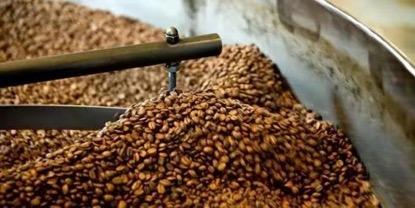The most well-known bitter ingredient in coffee is caffeine, but it actually accounts for up to 10% of the bitter taste. This can be seen from the concentration of caffeine contained in roasted beans that is not affected by the degree of roasting, and that no caffeine also has a bitter taste. So where does the remaining 90% of the bitterness come from?
One of the sources of coffee bitterness is the brown pigment. Brown pigments can be classified according to the size of the molecules, the larger the molecules, the stronger the bitter taste. For coffee, deep baking will increase the brown pigments, and the pigments with larger molecules (stronger bitter taste) will also increase.
When cooking deep baked beans in daily life, you will find a strong bitter taste and a strong taste, which should have the same experience.

In fact, the Arabica species has a different bitter intensity and four senses than the Congo species. This is also because the amount of brown pigment is different from the molecular size.
Congo species contain lower oligosaccharides than arabica species, are not caramelized, and are easy to produce large molecular pigments, so even in shallow baking, they often taste a strong bitter taste.
Heating
Another source of bitterness is the seven double amino acid cyoping derivatives produced by heating amino acids and proteins. This is a combination of two amino acids, and the intensity of different.
In addition to coffee, part of the bitterness of cocoa, beout and so on is also made up of this substance.
Keywords:
